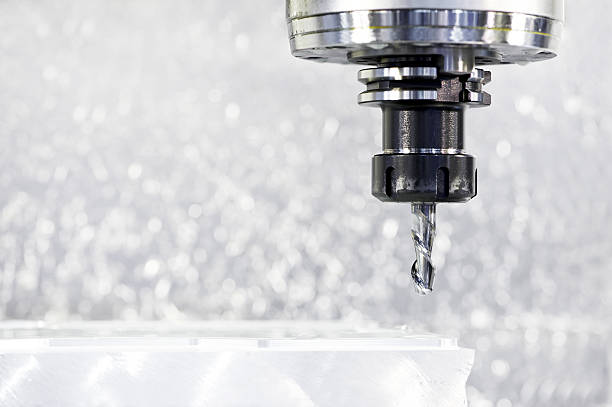What is a CNC Milling Machine Used For?
What is a CNC Milling Machine Used For? A CNC milling machine is an essential piece of equipment in modern manufacturing, bringing automation and precision to the process of shaping materials. Whether you’re working with metal, plastic, or wood, a CNC milling machine provides consistent quality and an efficiency that simply can’t be matched by manual methods. From prototyping to mass production, CNC milling machines are widely used across different industries to make complex parts with high precision. This article will provide a deep dive into what a CNC milling machine is used for, covering its types, capabilities, and the benefits it brings to the manufacturing world.
Understanding CNC Milling Machines
1. What is CNC Milling?
CNC milling is a process where a rotating cutting tool moves along multiple axes to remove material from a workpiece. Unlike manual milling, Computer Numerical Control (CNC) enables the machine to perform precise movements that are controlled by computer programs.
- Main Components: A CNC milling machine generally consists of a spindle, cutting tool, work table, and controller.
- Automation: The cutting tool’s movement, speed, and path are determined by a G-code program, which provides accuracy and repeatability in producing parts.
Discover our 2.2KW ER16 Air-Cooled Spindle to boost the performance of your CNC milling machine.

2. How CNC Milling Machines Work
CNC milling machines work by using rotating cutters to remove material in order to shape and size a workpiece. This process can be used for creating flat surfaces, slots, or even complex three-dimensional shapes.
- Axes of Movement: CNC milling machines can move along multiple axes—X, Y, and Z—which allows them to perform intricate operations that are not possible with a standard manual mill.
- Precision Control: The ability to program the movement of the cutter allows CNC mills to achieve a level of precision that’s crucial for many industrial and commercial applications.
Upgrade your machine with our 4.5KW ER32 Air-Cooled Spindle for better control during milling operations.

Applications of CNC Milling Machines
1. Prototyping
CNC milling machines are often used for prototyping. When designing new products, manufacturers need to create prototypes to test form, fit, and function. CNC mills are ideal for quickly making prototypes from materials like plastics, aluminum, or brass.
- Rapid Prototyping: With the help of CNC technology, prototypes can be produced in a matter of hours, allowing for quick iteration.
- Accuracy: The precision of CNC milling ensures that the prototypes meet exact specifications, enabling better evaluation.
Check out our 800W ER11 Air-Cooled Spindle for producing accurate prototypes.
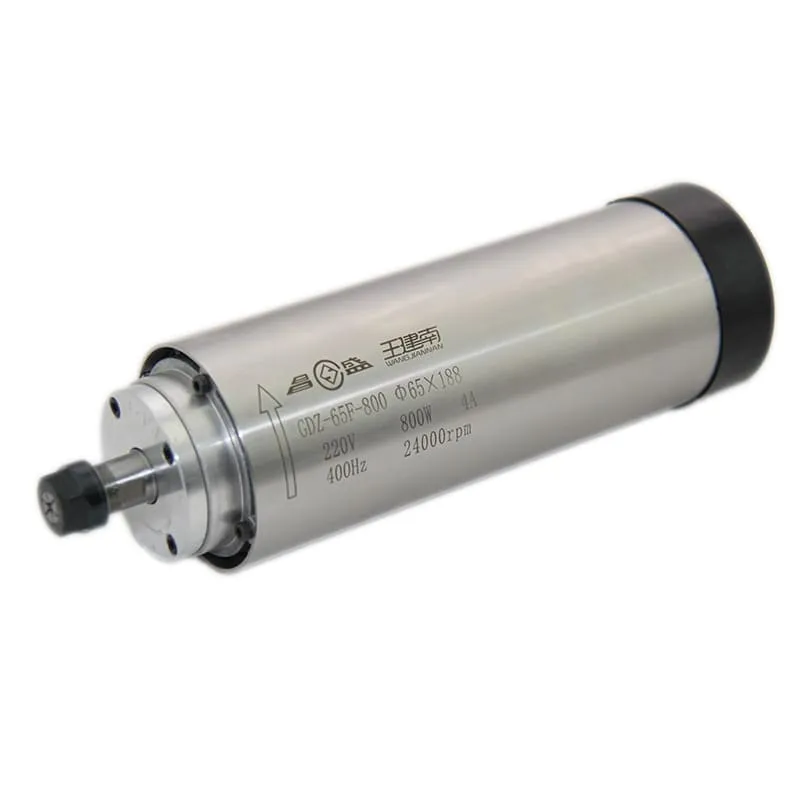
2. Production of Complex Parts
CNC milling machines are capable of producing parts with complex geometries that would be nearly impossible to create manually. This makes them ideal for industries like aerospace, medical, and automotive, where intricate components are often required.
- 3D Shapes: By using multi-axis CNC milling, you can produce parts with angled and curved surfaces.
- Consistent Quality: The automation provided by CNC ensures that each part is identical to the previous one, reducing wastage and increasing consistency.
Explore our high-torque 3.5KW ER20 Air-Cooled Spindle for consistent quality when producing complex parts.
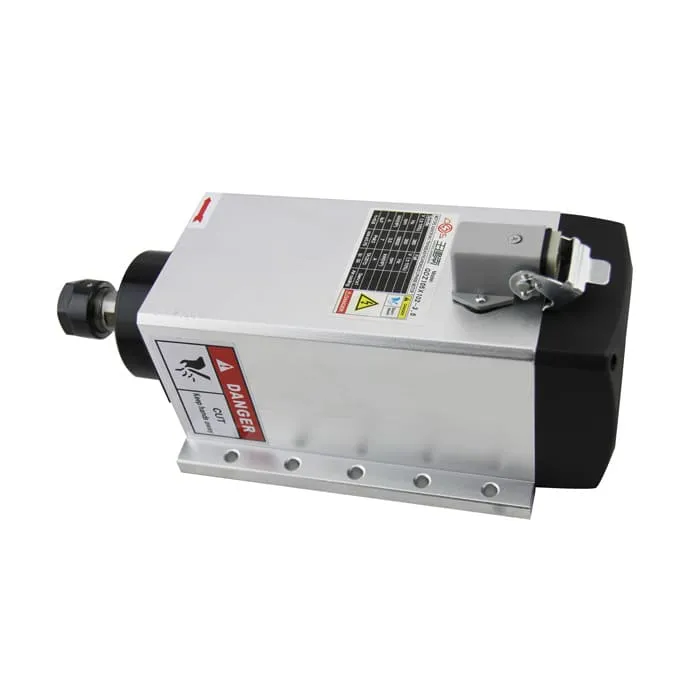
Types of CNC Milling Machines
1. Vertical Milling Machines
Vertical CNC Milling Machines have a spindle that is vertically oriented. They are ideal for face milling, which involves cutting across the surface of a workpiece to create a smooth finish.
- Applications: These machines are commonly used for flat surface machining and are popular in tool rooms.
- Advantages: Easier setup and higher visibility make vertical mills a favorite for beginners and small shops.
Upgrade to a 6KW ER32 Air-Cooled Spindle for improved vertical milling performance.
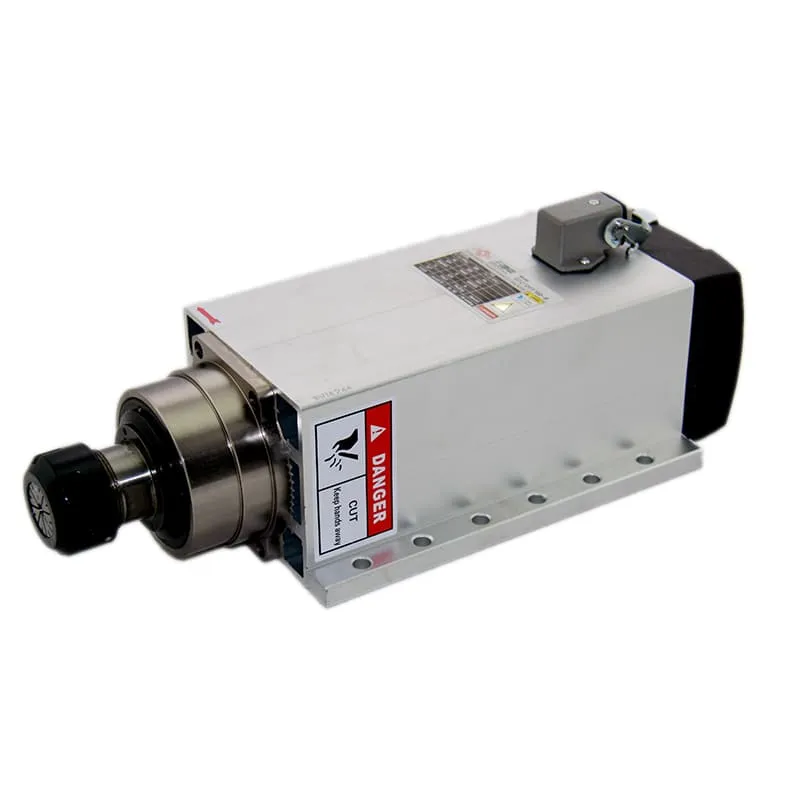
2. Horizontal Milling Machines
In Horizontal CNC Milling Machines, the spindle is horizontally oriented, which allows for deeper and more robust cuts. They are often used for cutting slots and making grooves.
- Applications: Best suited for parts that require a large amount of material to be removed, such as heavy-duty machining.
- Production Benefits: Due to their configuration, horizontal mills can handle more extensive projects that require multiple cuts.
Consider our 5.5KW ER32 4-Pole Air-Cooled Spindle for powerful horizontal milling.
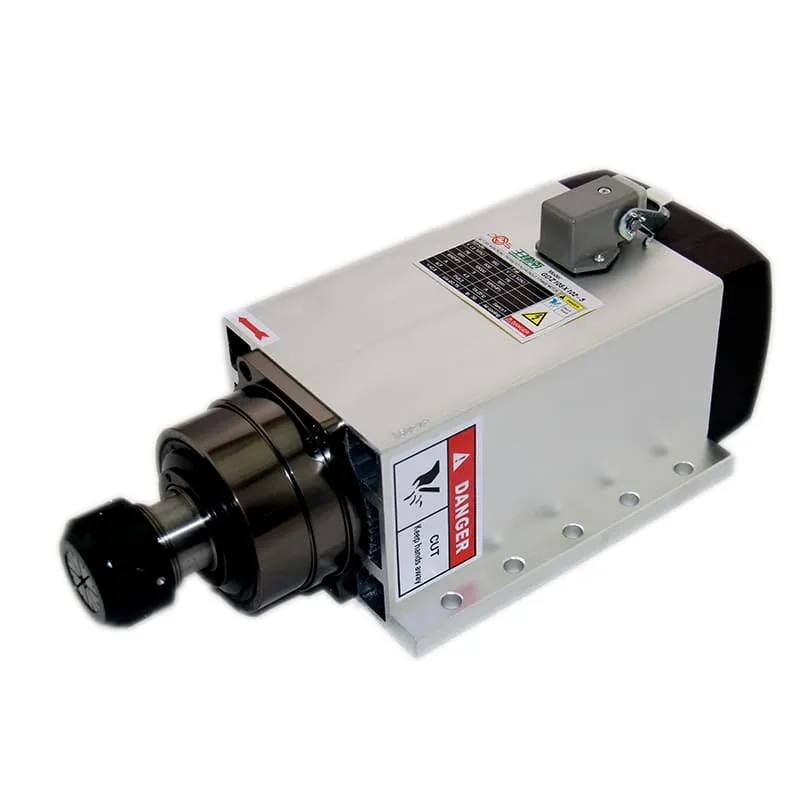
Benefits of Using CNC Milling Machines
1. Precision and Accuracy
Precision is one of the biggest advantages of CNC milling. Unlike traditional methods, the G-code allows for precise movements that ensure every cut is exact.
- Consistent Quality: Each part produced is identical, reducing the likelihood of defective products.
- High Tolerance: CNC milling can achieve tolerances as high as 0.001 inches, making it ideal for high-precision industries.
Explore our 24000RPM 800W ER11 Water-Cooled Spindle for high precision in your CNC milling applications.
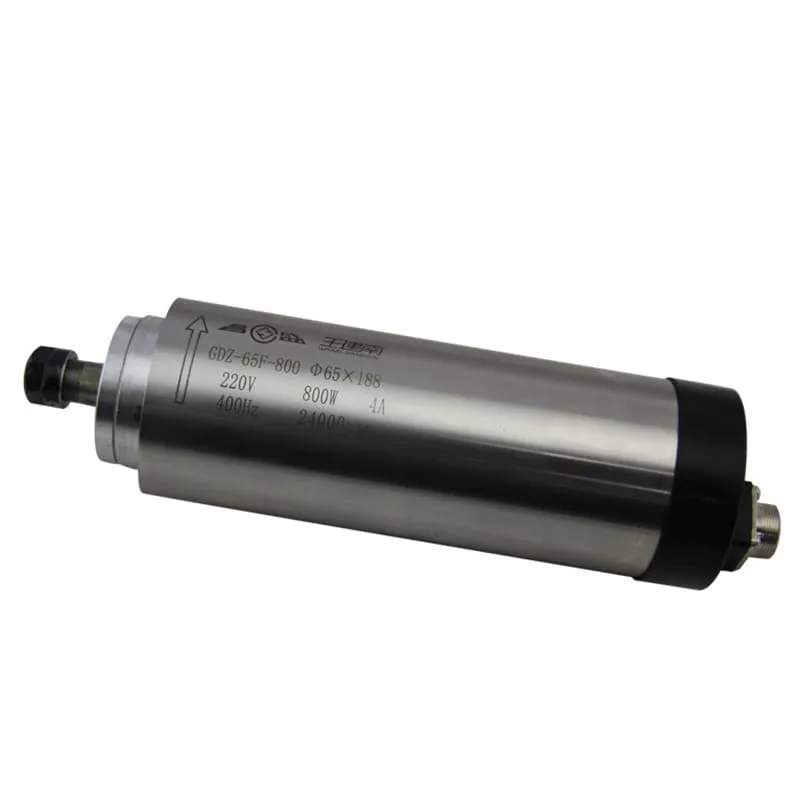
2. Flexibility in Material Handling
CNC milling machines are capable of working with a wide range of materials, including metals, plastics, and even wood. This makes them highly versatile tools that are used in several industries.
- Metals: Including aluminum, steel, and copper.
- Plastics: Such as ABS and acrylic.
- Wood: Used for custom furniture and mold making.
Discover our 1.5KW ER11 Round Air-Cooled Spindle for handling a variety of materials.
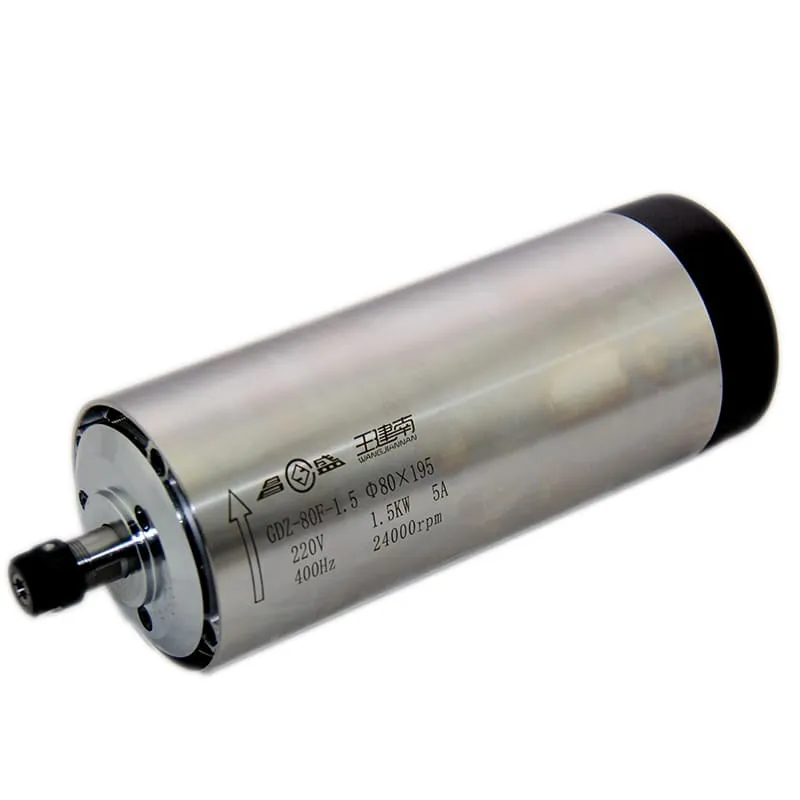
Types of Milling Operations
1. Face Milling
Face milling is one of the most common types of milling, involving a cutter that is mounted on a spindle. The goal is to create a flat surface or remove excess material from the top of a workpiece.
- Use Case: Ideal for finishing the face of a part.
- Tool Requirement: Requires a robust spindle to maintain the stability of the tool.
2. Form Milling
In form milling, specialized cutters are used to create irregular contours. It is typically used to produce gears, cogs, and other complex parts that require a particular shape.
- Applications: Suitable for parts that require a specific contour or profile.
- Tool Flexibility: Allows for the creation of unique designs that are often not feasible with other machining methods.
Conclusion: The Impact of CNC Milling Machines on Modern Manufacturing
CNC milling machines are indispensable in today’s manufacturing landscape, offering precision, flexibility, and the ability to handle a wide range of materials. They bring speed, consistency, and high tolerance to the machining process, making them invaluable tools for industries like automotive, aerospace, and medical manufacturing. Whether for prototyping, small batch production, or high-volume manufacturing, CNC milling machines are the cornerstone of efficient and accurate part creation.
Visit our CNC spindle shop to find the perfect spindle to enhance your CNC milling machine’s capabilities.
FAQs
1. What is a CNC milling machine used for?
A CNC milling machine is used for cutting, shaping, and drilling materials like metal, plastic, and wood. It is widely used in industries that need precise parts.
2. What types of materials can be processed using CNC milling?
CNC milling can handle a wide range of materials, including metals (like aluminum and steel), plastics, and wood.
3. How does CNC milling differ from CNC turning?
CNC milling involves a rotating cutting tool, whereas CNC turning involves rotating the workpiece itself. Milling is ideal for complex shapes, while turning is used for cylindrical parts.
4. Are CNC milling machines cost-effective for small businesses?
Yes, they are. CNC milling machines provide high precision, which reduces waste, making them a cost-effective option for small and medium enterprises.
5. What are the key advantages of CNC milling?
Key advantages include high precision, repeatability, material versatility, and the ability to create complex shapes that are not possible with manual processes.

